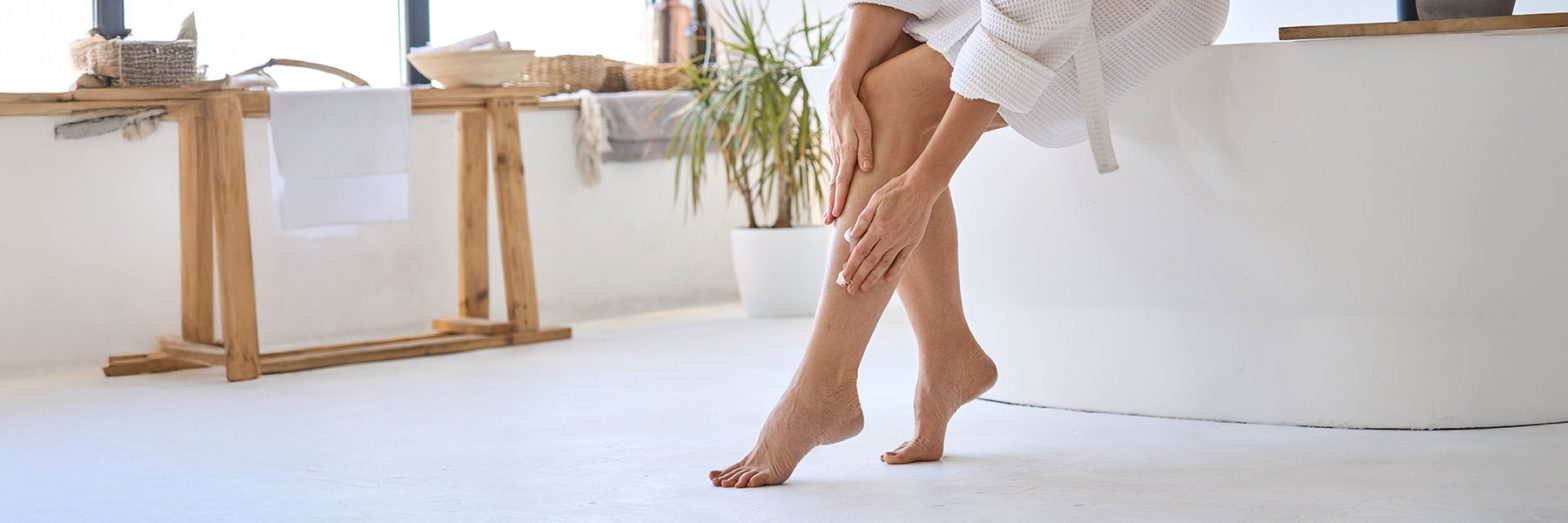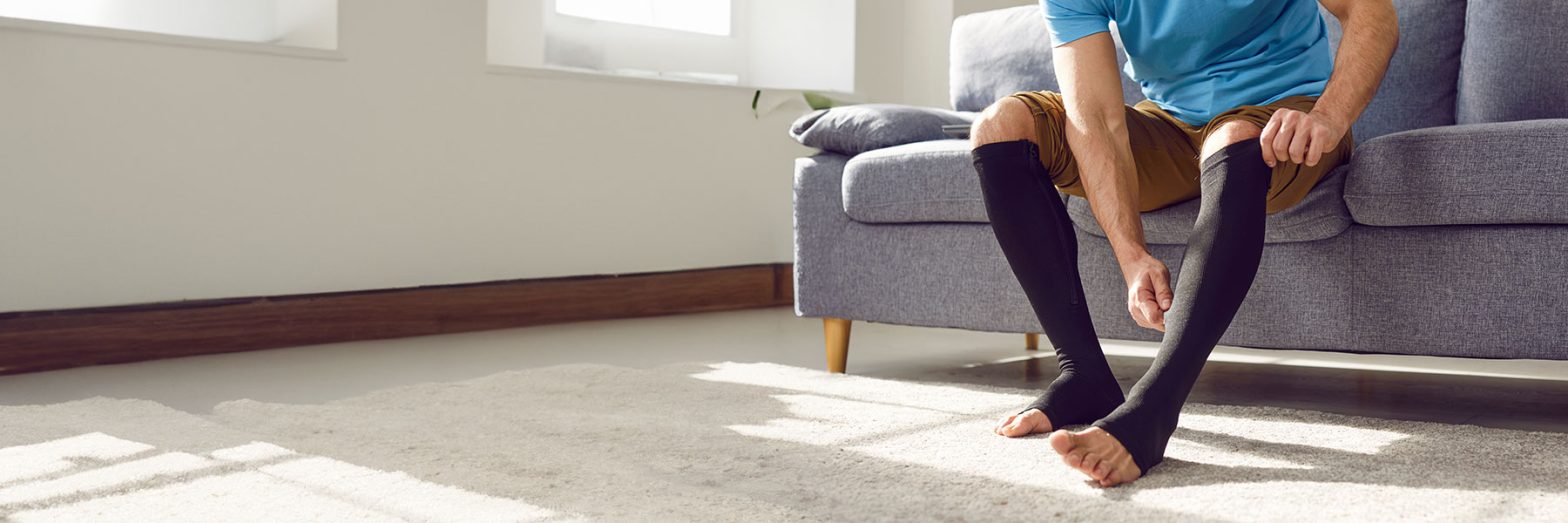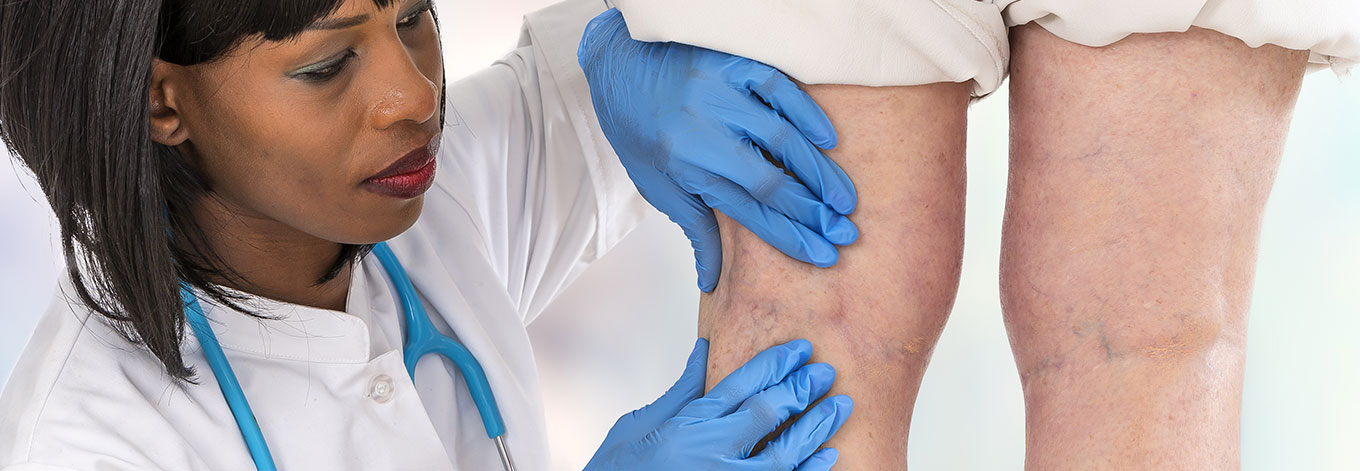
Everything You Need to Know About Varicose Veins
VEINS
MyBaba.com
Varicose veins occur when the valves in our leg veins stop functioning properly. This means that when we stand up, the blood in our legs will fall down the veins, rather than flowing upwards towards the heart.
Due to their often bulging form, varicose veins are sometimes seen as a condition of concern for cosmetic reasons, an unglamorous body hang up that we do our best to disguise. In actual fact, varicose veins can cause aching, itching, a heavy feeling in the legs and can have greater health implications than most of us are aware of. It important to remember that many people who suffer with problematic varicose veins will not be able to see them, as they will be hidden beneath the skin.
The biggest contributing factor to the development of varicose veins is genetics. This means that if your parents orgrandparents suffered from the condition, there is a much greater chance that you will also develop them. Having said that, when you are pregnant you are at a much higher risk of developing varicose veins. This is because the weight of your baby puts added pressure on the veins in your pelvis. This makes it much harder for the blood to flow and therefore increases the likelihood of the varicose veins developing. As well as this, during pregnancy, there is more blood circulating around your body to help with the development of the baby, also increasing pressure on your veins.
Although there is little evidence to suggest you can stop the formation of varicose veins, there are some simple steps you can take to help ease the symptoms of existing varicose veins. These include: avoiding standing or sitting still for long periods of time, avoiding crossing your legs, wearing support stockings, as well as taking breaks throughout the day to raise legs on pillows to ease any pain or discomfort and taking regular exercise. This will help by improving circulation and causing the blood to flow smoothly. Exercise also reduces blood pressure, meaning there is less pressure on the valves in the veins, reducing the chance of them becoming damaged.
Treatments for varicose veins have come a long way since the days of invasive vein removal procedures which are performed under general anaesthetic and often require up to six weeks off work following the treatment. It is now common to treat varicose veins with a minimally-invasive method called Endovenous Laser Ablation (EVLA). This treatment is delivered under local anaesthetic and enables the patient to leave the clinic on the same day as their treatment, without the need to undergo any form of hospital stay.
Written by Mr Dynesh Rittoo, Vascular Surgeon at The Private Clinic, Harley Street. For more information or to book a consultation with Mr Dynesh Rittoo, Vascular Surgeon visit The Private Clinic.








